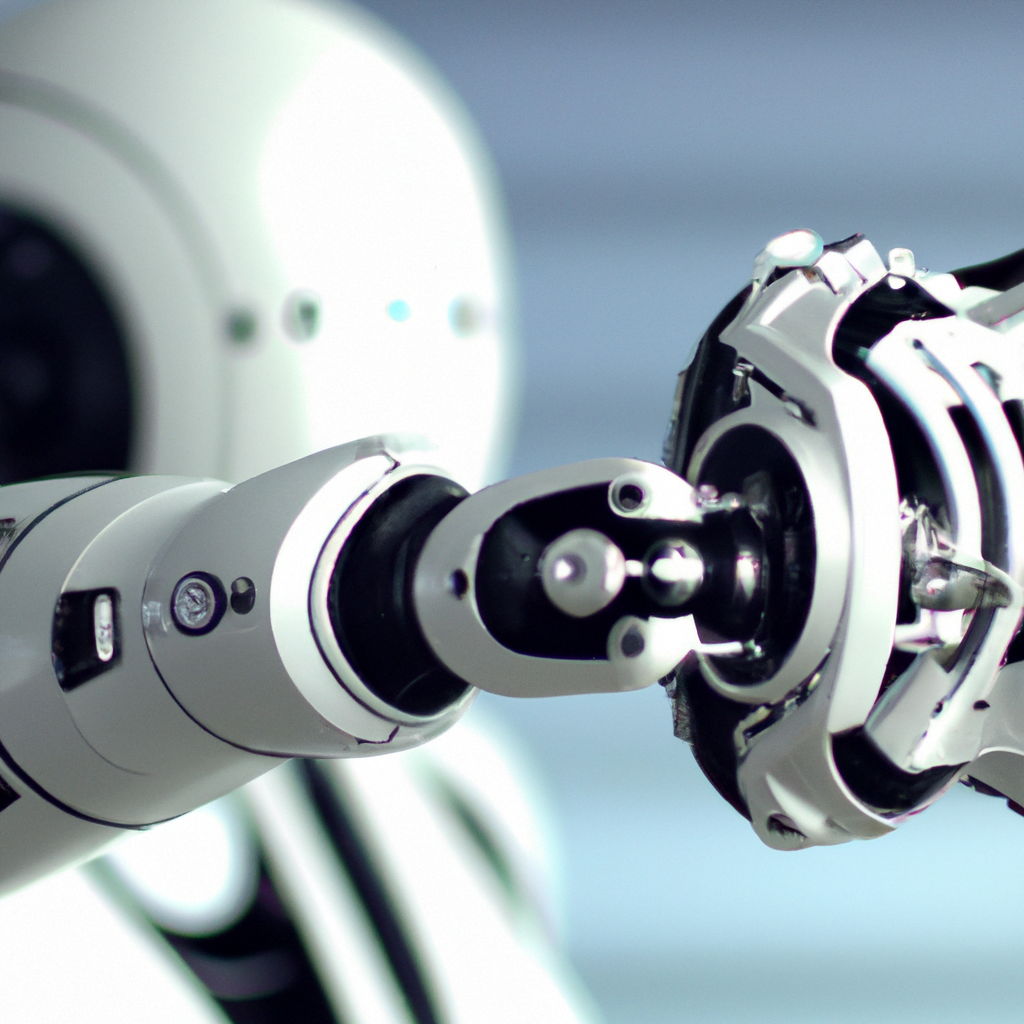The integration of AI and robotics into the K-12 curriculum
As technology continues to advance rapidly, it becomes increasingly important for students to learn about the latest innovations. Artificial intelligence (AI) and robotics are two such innovations that have the potential to shape the future of the world. In this article, we will explore how AI and robotics can be integrated into K-12 curriculum and what benefits it can provide for students.
What is Artificial Intelligence?
Artificial intelligence refers to the ability of machines to learn and perform tasks that typically require human intelligence. This includes things like recognizing patterns, making decisions, and understanding language. AI is already being used in many industries, such as healthcare, finance, and transportation, and it has the potential to revolutionize the way we live and work.
What are Robotics?
Robotics involves the design, construction, and operation of robots. Robots are machines that can perform a variety of tasks, such as moving objects, assembling products, and even performing surgeries. They can be controlled remotely or programmed to work autonomously. Robotics has many applications in industries such as manufacturing, aerospace, and healthcare.

Benefits of Integrating AI and Robotics into K-12 Curriculum
Integrating AI and robotics into K-12 curriculum can provide numerous benefits for students. Here are some of them:
Future-Ready Skills: As AI and robotics become increasingly important in the workforce, students who have experience with these technologies will be better prepared for future jobs.
Creativity and Problem Solving: AI and robotics require students to think creatively and develop problem-solving skills. This can help them become more innovative and adaptable.
Interdisciplinary Learning: AI and robotics involve concepts from many different subjects, including math, science, and computer science. Integrating these technologies into K-12 curriculum can help students develop a more well-rounded understanding of these subjects.
Real-World Applications: AI and robotics are used in many real-world applications, such as self-driving cars and manufacturing. By learning about these technologies, students can better understand their impact on society.
How to Integrate AI and Robotics into K-12 Curriculum
There are many ways that AI and robotics can be integrated into K-12 curriculum. Here are a few examples:
Coding: Students can learn how to code AI and robotics using programming languages such as Python.
Robotics Clubs: Schools can create robotics clubs where students can design and build robots.
Competitions: Schools can organize robotics competitions where students can showcase their skills and compete against other schools.
STEM Curriculum: AI and robotics can be incorporated into STEM (Science, Technology, Engineering, and Math) curriculum to provide students with a more interdisciplinary learning experience.
Conclusion
Integrating AI and robotics into K-12 curriculum can provide numerous benefits for students. By learning about these technologies, students can develop future-ready skills, improve their creativity and problem-solving abilities, gain a more well-rounded understanding of different subjects, and better understand the impact of technology on society. With the right resources and support, schools can successfully integrate AI and robotics into their curriculum and help prepare students for the future.




